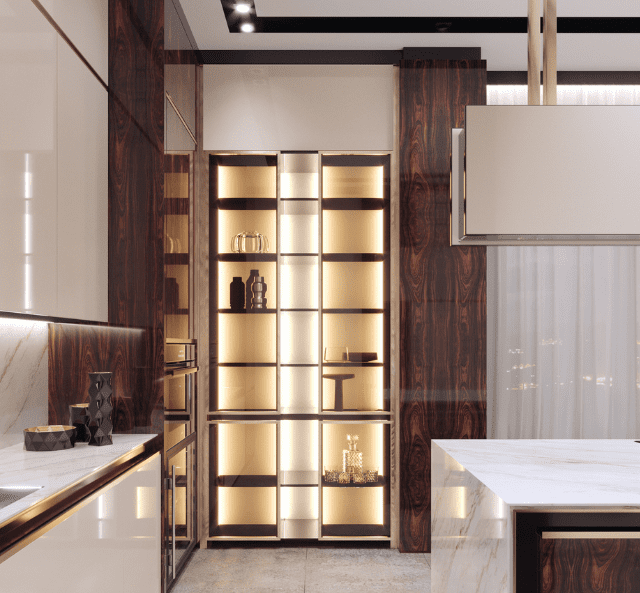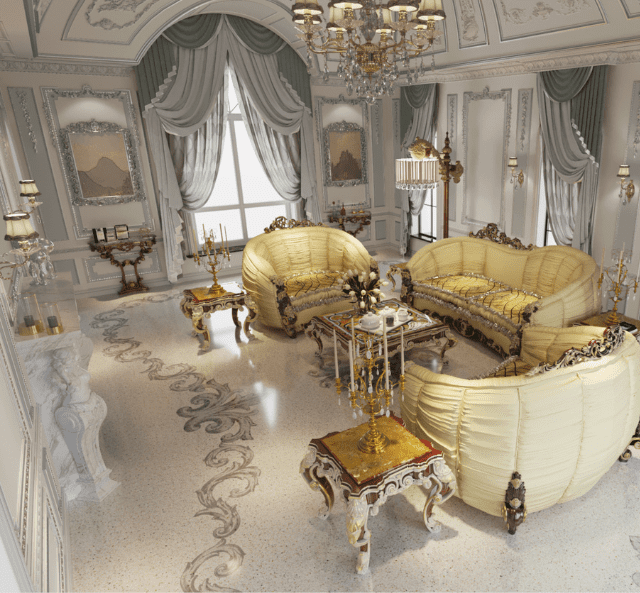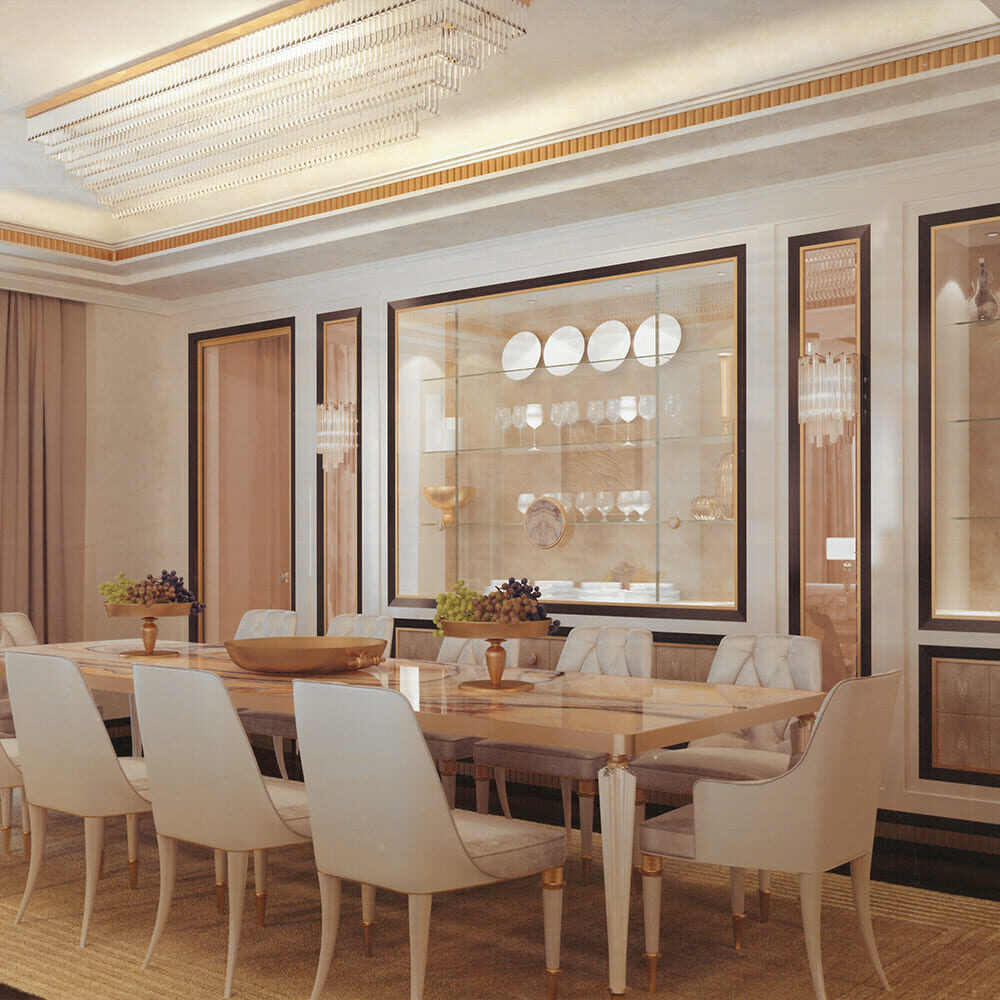Tognini Arredamenti
Eccellenza nell'arredo su misura dal 1979
Bar, ristoranti e alberghi
Residenze private
Uffici e aziende
Anni di esperienza
La nostra specializzazione
Dall'idea alla realizzazione, i sogni diventano realtà




Tognini Arredamenti, con la sua pluriennale esperienza e una consolidata reputazione nel campo dell'arredamento su misura, rappresenta un punto di riferimento per il settore residenziale a livello internazionale. Specializzata nella realizzazione di progetti esclusivi e personalizzati, l'azienda mette a disposizione dei suoi clienti non solo la sua competenza tecnica e artistica, ma anche una profonda comprensione delle necessità abitative moderne.
Che si tratti di ristoranti di alta gamma, bar, lounge, boutique di lusso o spazi per uffici moderni e funzionali, l'azienda offre soluzioni innovative, materiali di prima scelta e un design che combina estetica e praticità. L'approccio personalizzato di Tognini, unito a una profonda comprensione delle dinamiche del mercato commerciale, garantisce progetti che non solo rispecchiano l'identità del brand, ma migliorano anche l'esperienza dei clienti, contribuendo significativamente al successo dell'attività commerciale.
Tognini Arredamenti si posiziona come partner d'eccellenza per la creazione di ambienti esclusivi e accoglienti in hotel, resort e strutture ricettive di lusso. La sua profonda expertise si traduce in progetti su misura che fondono funzionalità, comfort e un design senza tempo, per offrire esperienze indimenticabili agli ospiti. Tognini è in grado di interpretare e realizzare la visione dei suoi clienti e si distingue per l'utilizzo di materiali di alta qualità, soluzioni innovative e una cura maniacale per i dettagli, elementi che contribuiscono a creare ambienti caldi e invitanti.